
Javascript Code
// Title: "The Gatekeeper's Logic Circuit"
// Create our canvas and context
// Set the background to a circuit board green
ctx.fillStyle = '#9bcf9b';
ctx.fillRect(0, 0, 512, 512);
// Draw the gate
ctx.fillStyle = '#555';
ctx.fillRect(100, 256, 312, 20);
// Draw the closed position of the gate (simulate the gate being closed by button s2)
ctx.fillStyle = '#777';
ctx.fillRect(100, 276, 312, 10);
// Draw button s2
ctx.fillStyle = '#ffcc00';
ctx.beginPath();
ctx.arc(100, 400, 20, 0, Math.PI * 2);
ctx.fill();
ctx.fillStyle = '#000';
ctx.fillText('S2', 93, 405); // button label as per user prompt
// Draw button s1
ctx.fillStyle = '#ffcc00';
ctx.beginPath();
ctx.arc(412, 400, 20, 0, Math.PI * 2);
ctx.fill();
ctx.fillStyle = '#000';
ctx.fillText('S1', 405, 405); // button label as per user prompt
// Draw limit switch s5 at the closed position
ctx.fillStyle = '#ffcc00';
ctx.fillRect(100, 286, 10, 10);
// Draw limit switch s3 at the open position
ctx.fillStyle = '#ffcc00';
ctx.fillRect(402, 286, 10, 10);
// Draw the motors K1 and K2
// K1 is for opening the gate
ctx.fillStyle = '#8a2be2';
ctx.fillRect(150, 100, 50, 50);
ctx.fillStyle = '#000';
ctx.fillText('K1', 165, 130); // motor label as per user prompt
// K2 is for closing the gate
ctx.fillStyle = '#8a2be2';
ctx.fillRect(312, 100, 50, 50);
ctx.fillStyle = '#000';
ctx.fillText('K2', 327, 130); // motor label as per user prompt
// Draw wires connecting the components
ctx.strokeStyle = '#000';
ctx.beginPath();
ctx.moveTo(100, 400); // S2 to K2
ctx.lineTo(312, 125);
ctx.stroke();
ctx.beginPath();
ctx.moveTo(412, 400); // S1 to K1
ctx.lineTo(175, 125);
ctx.stroke();
ctx.beginPath();
ctx.moveTo(110, 286); // S5 to K2
ctx.lineTo(312, 125);
ctx.stroke();
ctx.beginPath();
ctx.moveTo(412, 286); // S3 to K1
ctx.lineTo(175, 125);
ctx.stroke();
/* When the S2 button is pressed, the K2 motor should engage to close the gate,
and S5 should disengage it when the gate is fully closed.
Similarly, when S1 is pressed, K1 motor should open the gate,
and S3 should disengage it when fully open. */
// Funny single line comment: "I'm a simple AI - I see buttons and switches, and I draw circuits!"
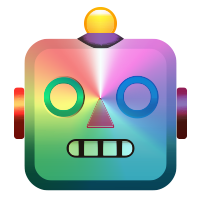
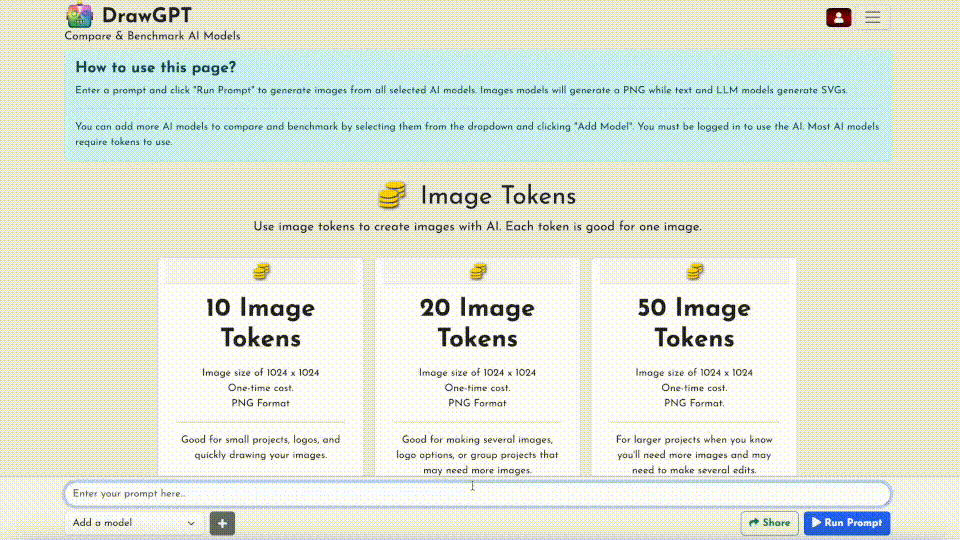
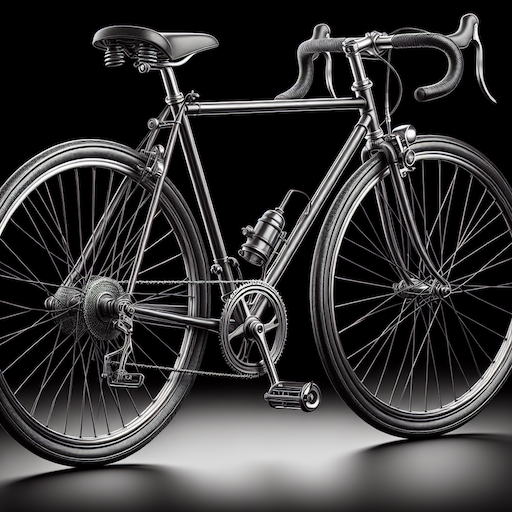
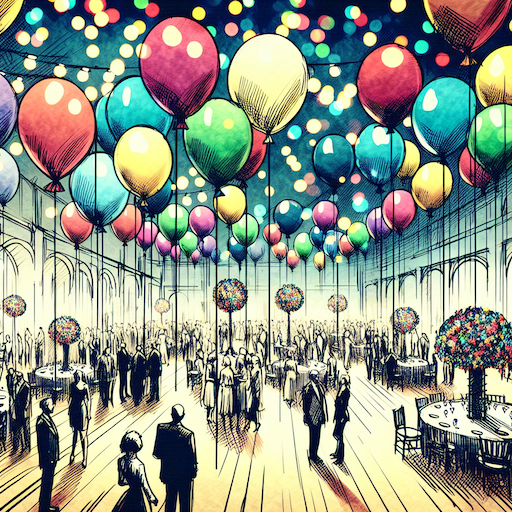 balloon party
balloon party beautiful beach
beautiful beach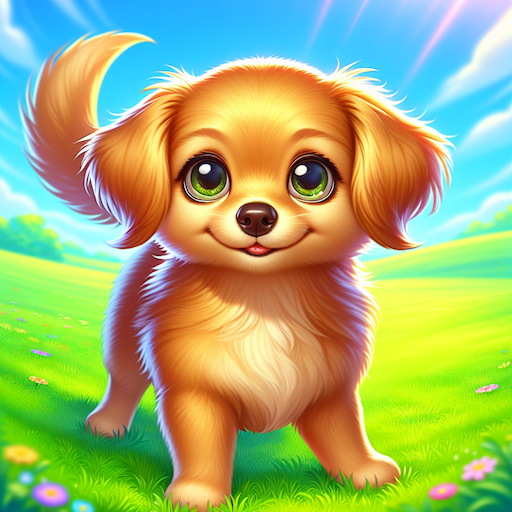 cute puppy dog
cute puppy dog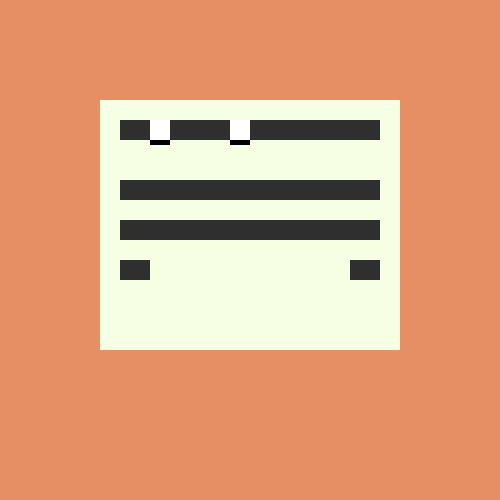 happy cat
happy cat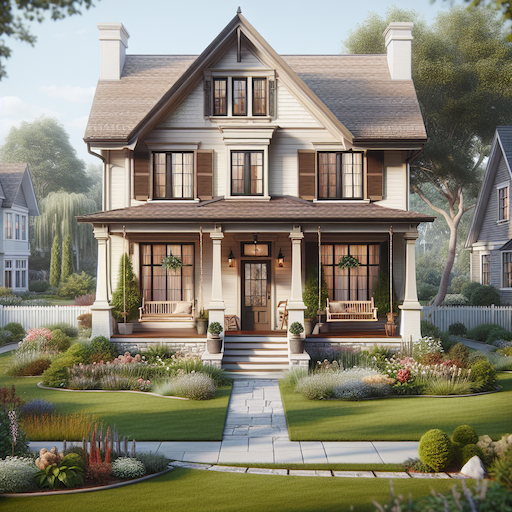 house
house